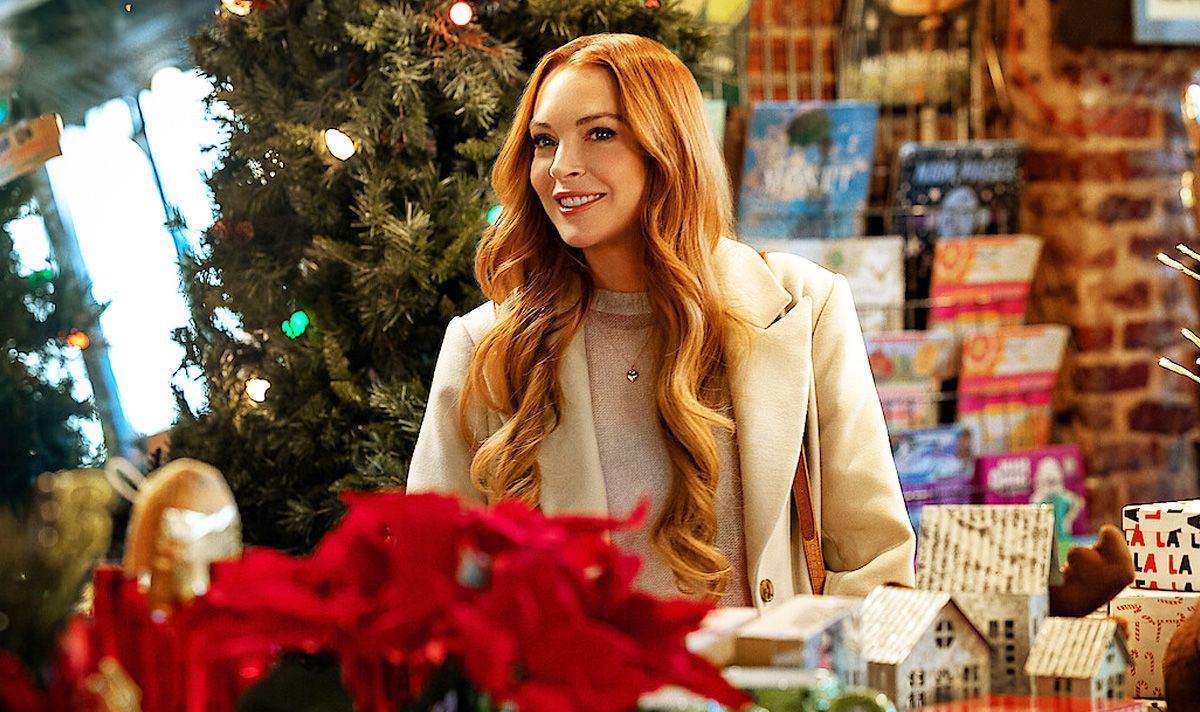If you’re unimpressed with this year’s Christmas TV offerings, you can find a huge range of beloved festive classics on your favourite streaming services
Another Christmas is finally here and the season is all about family, food and festive traditions.
However, there will undoubtedly come a moment when parents and kids alike will be so stuffed with turkey, trimmings and Christmas pudding that they won’t be able to move from the sofa.
That’s why it’s important to have several hours of entertainment lined up, especially if the idea of board games or a long walk is too exhausting to contemplate.
While TV channels have a wide range of festive treats in store, viewers who don’t fancy yet another Strictly Come Dancing Christmas special or have already watched the Gavin and Stacey finale 100 times this year might prefer to revisit some of their favourite holiday films instead.
Let’s take a look at some highlights from the vast array of Christmas classics available to stream on the top streaming platforms, from Netflix and Prime Video to Sky and Disney+.
Netflix
Streaming giant Netflix has fast become one of the leading producers of guilty pleasure Christmas rom-coms that are incredibly easy to watch if you’re still digesting your second and third helpings of pigs in blankets.
Stand-outs include The Princess Switch trilogy, Hot Frosty, A Castle For Christmas and A Merry Little Ex-Mas. Plus, don’t forget about Lindsay Lohan’s Christmas comebacks, Our Little Secret and Falling For Christmas, and Virgin River star Alexandra Breckenridge’s recent Mrs Doubtfire-inspired hit, My Secret Santa.
Watch Bridgerton on Netflix for free with Sky

Sky is giving away a free Netflix subscription with its new Sky Stream TV bundles, including the £15 Essential TV plan.
This lets members watch live and on-demand TV content without a satellite dish or aerial and includes hit shows like Bridgerton.
For those looking for something a bit more nostalgic, Netflix has several familiar favourites, too. Iconic Christmas rom-coms The Holiday and Love Actually are both available, as is How the Grinch Stole Christmas, both the live-action version with Jim Carrey and the 2018 animated film voiced by Benedict Cumberbatch. Animation fans also can’t go wrong with Netflix’s delightful original film, Klaus.
Those looking for something a little more high-octane should check out the Christmas thriller Carry-On, with Taron Edgerton and Jason Bateman, and, finally, Netflix is also carrying The Holdovers, a heartwarming drama that was only just released in 2023 but has already become a classic.
Get Disney+ for 24p a day

Disney+ has announced that it will up its annual subscription by 10% on September 30. Until then, shoppers can still lock into its £89.90 annual plan, which works out less than 30p a day.
Disney+
Although Netflix has streaming services beat when it comes to Christmas originals, Disney+ might just have the best selection of familiar favourites.
The Holiday is also available here, as is the live-action Grinch, plus both versions of the delightful Miracle on 34th Street and the entire Santa Clause trilogy starring Tim Allen as a reluctant Saint Nick.
Here you can also find The Nightmare Before Christmas, for viewers who are still disappointed Halloween is over, the iconic action thriller Die Hard, starring Bruce Willis, and, of course, The Muppet Christmas Carol, starring Michael Caine as Ebenezer Scrooge alongside Kermit the Frog, Miss Piggy and Gonzo the Great as Charles Dickens.
Disney+ also features both Home Alone and Home Alone 2: Lost in New York, which are guaranteed to entertain the whole family.
Sky TV with Top Cashback

Sign up to Top Cashback to earn up to £105 cashback on new Sky TV bundles.
Sky/NOW
Several films already mentioned are also available to stream via Sky Cinema with anyone with a Sky or NOW subscription. These include The Holiday, Love Actually and the animated Grinch.
Fans will also be able to find festive comedies such as Will Ferrell’s iconic Elf, animated classic The Polar Express and one of the UK’s best animated Christmas films, Arthur Christmas.
Some older titles are also available on Sky and NOW, such as the beloved musical White Christmas, starring Bing Crosby, the chaotic Christmas creature feature Gremlins and the delightful fantasy film It’s A Wonderful Life, with James Stewart.
Get 30 days of Prime Video totally free

Shoppers can get 30 days’ free access to binge watchable TV like Fallout season 2 by signing up with Amazon Prime. Just remember to cancel at the end and you won’t be charged.
Prime Video
Amazon’s Prime Video service’s Christmas catalogue features the aforementioned Love Actually and The Holiday, so streamers have no excuses not to revisit these romantic holiday treats this year!
Also in their selection is It’s A Wonderful Life, as well as the 1980s classic A Christmas Story, the charming family film about little Ralphie Parker’s (played by Peter Billingsley) mission to receive a Red Ryder Carbine Action 200-shot Range Model air rifle under the tree.
Fans should also definitely check out Love the Coopers for an early appearance from Hollywood A-lister Timothée Chalamet, as well as the late screen legend Diane Keaton, and Prime’s recent festive original Oh. What. Fun starring Michelle Pfeiffer as a flustered mum who snaps during the holidays is also well worth a watch.
**For the latest showbiz, TV, movie and streaming news, go to the new **Everything Gossip** website**
